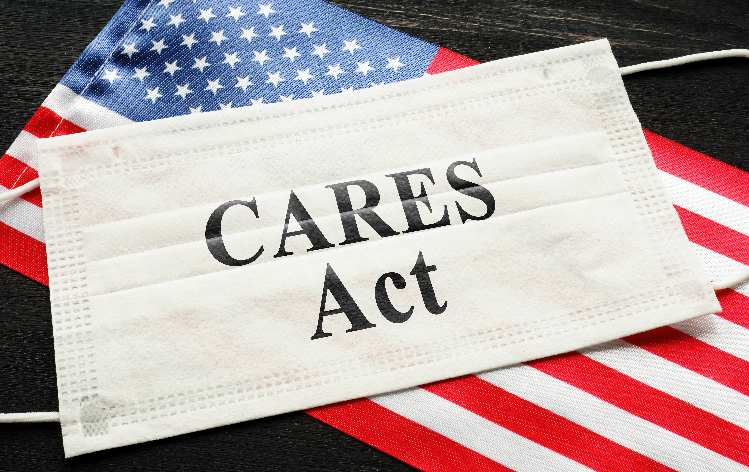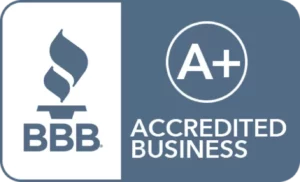On March 27, 2020, the President signed the $2 trillion stimulus package called the CARES Act – the Coronavirus Aid, Relief, and Economic Security Act. The primary purpose of the Act is that it boosts unemployment insurance payouts and aims to send relief checks to many Americans. IRA distributions are a key component of the Act.
The Act is aimed at reducing the economic impact of the novel coronavirus 2019 (“COVID-19”) pandemic and authorizes $2.1 trillion in aid to various sectors of the economy. The Act included a number of very important provisions, including:
- paycheck protection program provisions;
- loans, loan guarantees and other investments for eligible businesses, states and municipalities;
- business and individual tax stimulus provisions; and
- a number of very important provisions relating to retirement funds
The CARES Act enhancements for retirement plans were enacted to assist retirement plan participants (including owners and entrepreneurs) by offering a special distribution, expanded loan features, and relief from required minimum distributions. These enhancements are important as they are additional benefits that can be made available to participants who are experiencing or will experience financial difficulties and other hardships
CARES ACT IRA Distribution Rules
Under the CARES Act, a retirement account holder is eligible to take up to $100,000 penalty-free with tax payable over three years. No tax will be due if the entire withdrawal is paid back within three years. In other words, the retirement account holder has three years to decide what he or she wants to do with the distribution.
If the amount holder returns all the funds taken within three years to a retirement account, there would be no tax or penalty on the amounts taken. Essentially, the retirement account holder received a tax-free, penalty-free loan. Whereas, if the funds are not returned within three years, the amount taken would be subject to income tax, but no penalties. A 10% penalty would have been due on any IRA distribution taken prior to the account holder reaching the age of 59 1/2.
Moreover, if the retirement account holder elects to pay tax prior to the three years, the amount taken is no longer able to pay back without tax. The distribution rules also apply to Roth IRAs. Note – this rule does not apply to Roth IRA conversions, although, at some point, future legislation can be passed that could allow for Roth IRA conversions where tax is paid over multiple years, such as what happened in 2010.
The three-year distribution plan offers retirement account holders flexibility on withdrawing funds from an IRA or 401(k) plan. Typically, in the case of a 401k) plan, a plan participant is not able to withdraw funds from the 401(k) plan without a plan triggering event or hardship. A plan triggering event is typically the plan participant reached the age of 59 1/2, the participant terminates employment, or the company terminates the plan. These triggering rules do not apply to IRA holders, who can take funds out of an IRA at any time, subject to tax and a 10% penalty if under the age of 59 1/2.
Some Things to Consider
To take advantages of the CARES Act IRA provisions, you must have been affected by the coronavirus:
- An individual who is diagnosed with SRS-COV-2 or COVID-19 by a test approved by the CDC
- Whose spouse or dependent is diagnosed with one of the two diseases, or
- A participant or business owner who experiences adverse financial consequences as a result of being quarantined, furloughed, having reduced hours, or cannot work due to unavailability of childcare
The IRA holder or plan participant has the burden of proof. Most IRA custodians or 401(k) plan administrators will ask for a letter certifying qualification. There is not much guidance on what IRA custodian or plan administrators will request, but you should expect to have to prove that you satisfy the requirement.
It is not expected that many IRA custodians will push back against such a request, however, it is vital that the IRA holder clearly articulate that the withdrawal should be reported as a COVID-19 withdrawal under the CARES Act. Whereas, there have been more reported push back from 401(k) employer plan administrators who, in some cases, are not allowing for such CARES Act withdrawals.
Drawbacks of a CARES Act IRA Distribution
The CARES Act withdrawal option can offer capital and liquidity options to some taxpayers. However, one must be cautious of some of the risks involved in premature retirement account withdrawals:
- Hard to make back what was taken out
- Often sell assets at market low
- Do you have other options, such as a 401(k) plan loan or other savings?
- Consider repaying the distribution within 3 years or pay taxes
Conclusion
Overall, the CARES Act is a good piece of legislation that will help American individuals and businesses get through the COVID-19 pandemic. In addition, the Act includes a number of very interesting retirement account provisions aimed at providing needed liquidity to retirement account holders during the pandemic. Provisions such as the penalty-free $100,000 withdrawal are attractive, however, there are a number of potentially long-term adverse repercussions that also must be considered before electing to withdraw money from your retirement account.
Be sure to check out our YouTube channel for lots of interesting and educational videos concerning the CARES ACT IRA distribution rules. If you have any questions, feel free to give us a call @ 800.472.1043!











